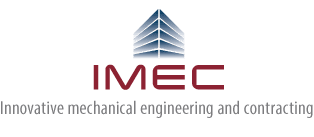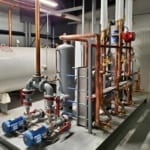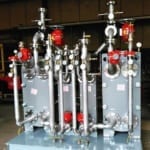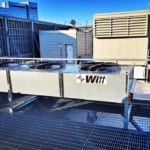Questions pour in every summer from customers who are frustrated with humidity levels in controlled environments. Two questions are commonly raised. Why is humidity so difficult to control? What can be done about it?
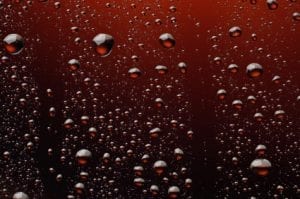
Why is humidity so difficult to control?
Air is a mixture of individual gases, including oxygen, nitrogen, and traces of other gases. Humidity is the amount of H2O gas in the mixture. Each gas contributes to the total barometric pressure. When there is a difference in concentration of gases in adjoining spaces, the gases respond to the pressure differential and instantly seek to balance themselves.
In the typical scenario in which a humid environment is leaking into an adjacent dryer environment, the molecules from the humid environment flood into the dry environment to balance the two humidity levels. The greater the difference in the concentration of molecules (hence the greater the difference in pressure between the environments), the faster the migration occurs to the less humid environment.
What can be done about it?
A prerequisite for successfully controlling humidity is establishing the most vapor tight environment possible to create a pressure barrier to the migration of H2O gas. Obviously, the efficiency of doors and windows and the existence of openings between adjoining spaces compromise humidity control. What is frequently overlooked is the potentially porous composition of walls, ceilings, and floors. Construction materials that create a vapor-tight barrier must be selected. It’s amazing how fast H2O gas flows through sheetrock.
It’s an exercise in futility and a tremendous waste of energy to install high capacity humidiers and dehumidifiers without creating a vapor tight enclosure.
Join IMEC’s Mailing List
[ctct form="1828" show_title="false"]Complimentary Energy Efficiency Evaluation
SPECIAL OFFER
Learn about how our scientific approach to sustainable mechanical engineering will take your facility into a future of ultra efficiency.
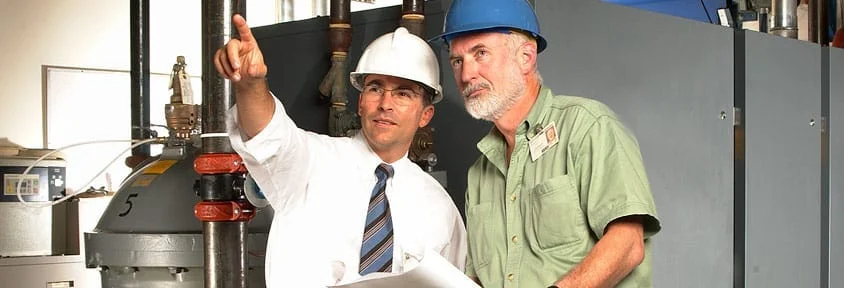
Our engineers will dramatically improve your plant efficiency and help you take advantage of utility company rebates to cover a portion of the cost.
Through a combination of generous utility company rebates and IMEC’s high-efficiency engineering solutions, you’ll realize the benefits of streamlined mechanical systems that produce huge annual power savings.
We recently completed a project that is saving a customer over $1,100,000, annually.
Even if you don’t think you need a new mechanical system, it’s likely that we will discover a facet of your facility’s efficiency that can be improved dramatically. As an Authorized National Grid Project Expeditor, we also manage the utility rebate process for you.
Submit this form to receive your Complimentary Energy Consultation and Systems Evaluation:
- Plant walkthrough
- Identification of energy-saving projects
- Estimated ROI / Payback time
- Projected utility company rebates
An IMEC sales engineer will contact you to arrange a Complimentary Energy Consultation and Systems Evaluation.
